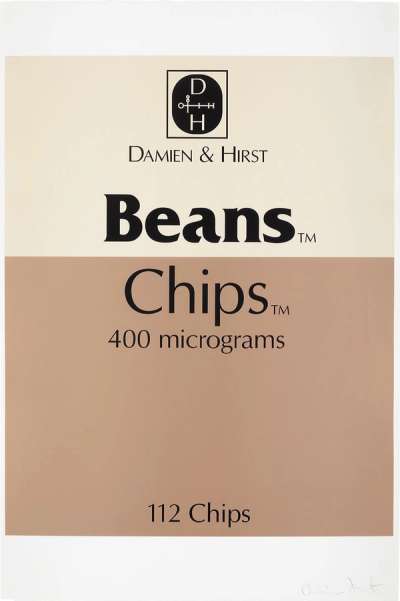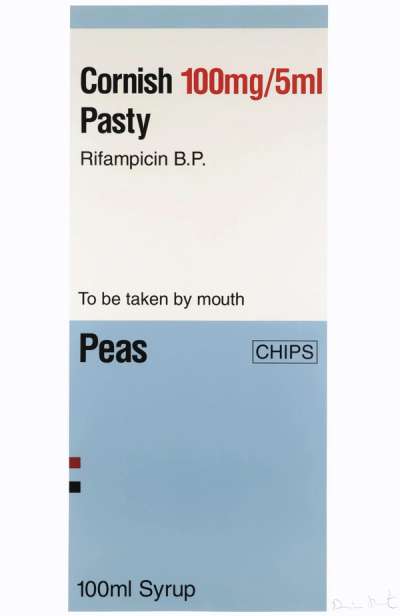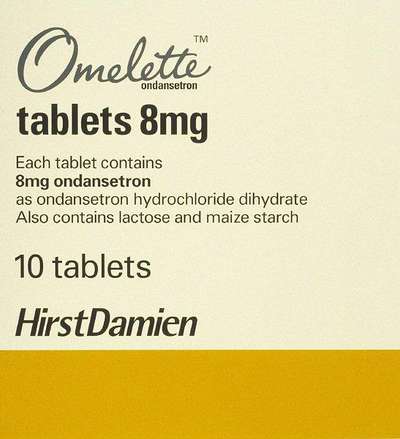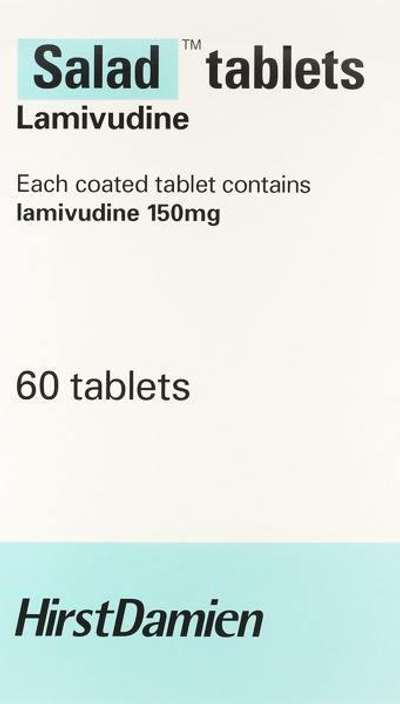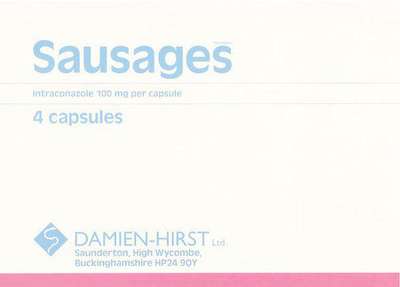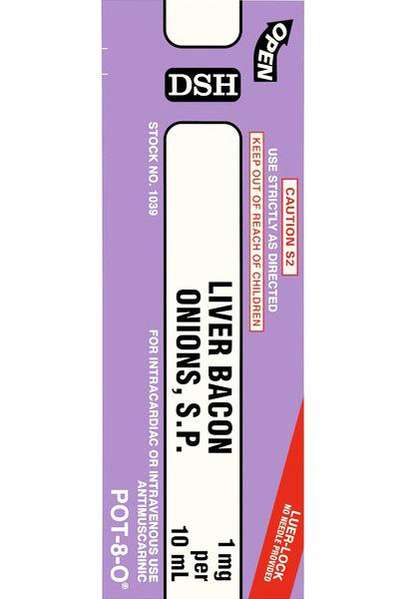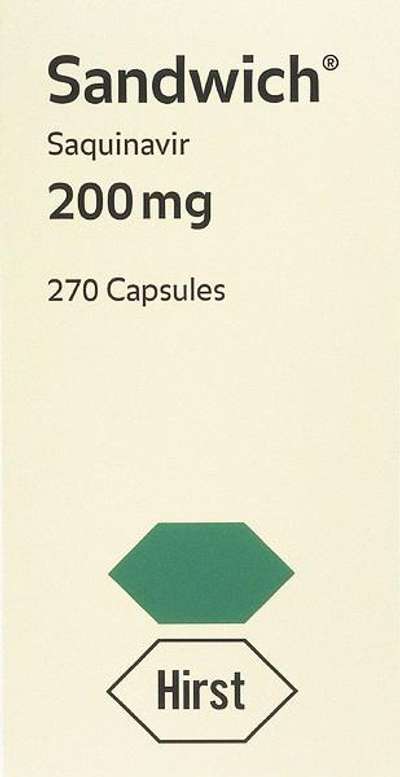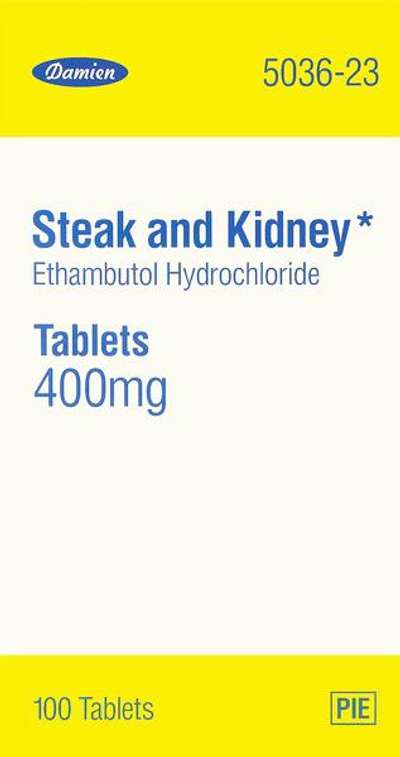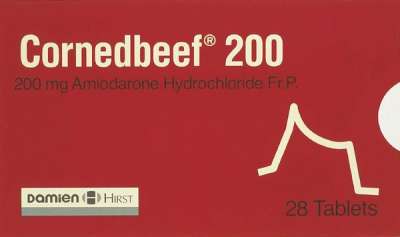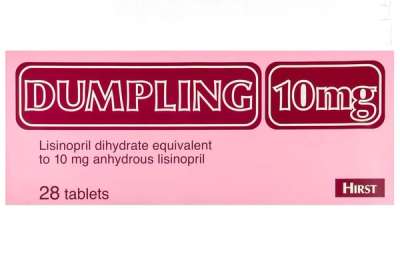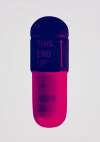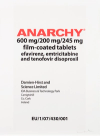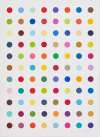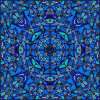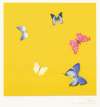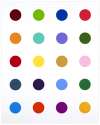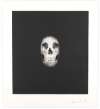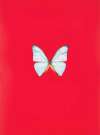The
Last Supper
Damien Hirst’s The Last Supper print series is a critical commentary on the absurd collision of contemporary belief systems—whether religious, societal, consumerist, or scientific. Parodying the packaging of pharmaceutical products, Hirst replaces medicine brand names with food names, to create a bewildering and unappetising menu for his modern-day Passover.
Damien Hirst The Last Supper For sale
The Last Supper Value (5 Years)
With £50474 in the past 12 months, Damien Hirst's The Last Supper series is one of the most actively traded in the market. Prices have varied significantly – from £973 to £12897 – driven by fluctuations in factors like condition, provenance, and market timing. Over the past 12 months, the average selling price was £6309, with an average annual growth rate of -3.14% across the series.
The Last Supper Market value
Auction Results
| Artwork | Auction Date | Auction House | Return to Seller | Hammer Price | Buyer Paid |
|---|---|---|---|---|---|
 Steak & Kidney Damien Hirst Signed Print | 21 Nov 2024 | Artcurial | £1,020 | £1,200 | £1,650 |
 Dumpling Damien Hirst Signed Print | 7 Jun 2023 | Phillips London | £2,508 | £2,950 | £4,050 |
 Omelette Damien Hirst Signed Print | 15 Mar 2023 | Sotheby's New York | £2,338 | £2,750 | £3,700 |
 Mushroom Damien Hirst Signed Print | 14 Sept 2022 | Phillips London | £7,225 | £8,500 | £11,500 |
 Sandwich Damien Hirst Signed Print | 14 Sept 2022 | Phillips London | £10,200 | £12,000 | £16,000 |
 Liver, Bacon, Onions Damien Hirst Signed Print | 14 Sept 2022 | Phillips London | £8,925 | £10,500 | £14,000 |
 Meatballs Damien Hirst Signed Print | 14 Jun 2022 | Phillips London | £4,675 | £5,500 | £7,500 |
 Corned Beef Damien Hirst Signed Print | 14 Jun 2022 | Phillips London | £4,675 | £5,500 | £7,500 |
Sell Your Art
with Us
with Us
Join Our Network of Collectors. Buy, Sell and Track Demand
Meaning & Analysis
Created at the peak of YBA fame, Damien Hirst’s The Last Supper series captures both the pharmaceutical iconography and interest in religious themes As a set or individually they are a powerful meditation on what the artist considers the absurdity (and dualities) of faith and consumerism and the self-destructive and brainless nature of humankind. The ideas behind this series are important, engaging with more than one of the defining themes of Hirst’s work.
The series was created at a pivotal time, arguably at the very peak of the so-called YBA movement’s creative power (the conceptualist group for whom Hirst was considered ring leader) prior to the fall out between the artist and the group’s patron Charles Saatchi. In terms of historical context, it was executed four years after Hirst won the Turner prize, two years after the landmark Royal Academy show Sensation and a year after the opening of his thematically connected Pharmacy restaurant in Notting Hill.
In 1999 Hirst was at his enfant-terriblesque best, taking the unprecedented step of turning down being Britain’s representative at the Venice Biennale, explaining to the British Council that the enormously prestigious honour “didn’t feel right”. He also turned down an invitation to become a Royal Academician and took legal action against British Airways claiming breach of copyright for their use of spots in an advertising campaign. Aged 34, this was Hirst at the peak of his disruptive powers, taunting the establishment and producing headline after headline in pursuit of success.
At the time, the world was counting down to the Millennium and the coming year would see the opening of the Tate Modern in Bankside. Hirst’s prices were hitting the stratosphere and a year later his sculpture Hymn (one of three) would sell for a million pounds.
